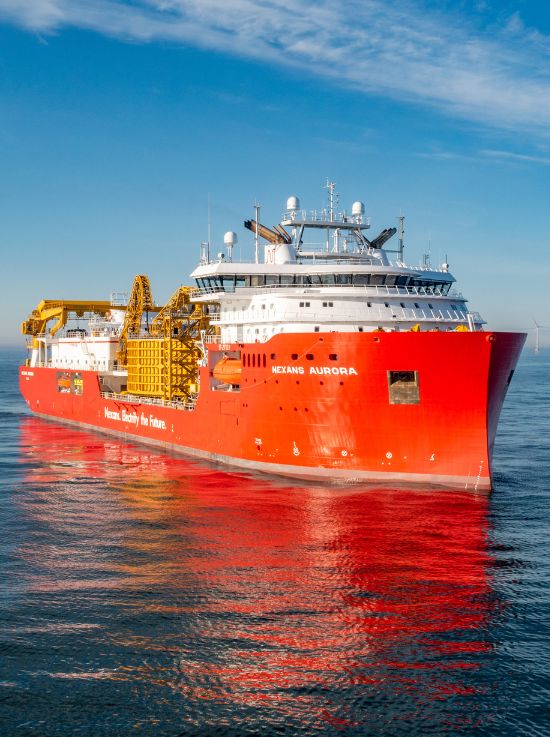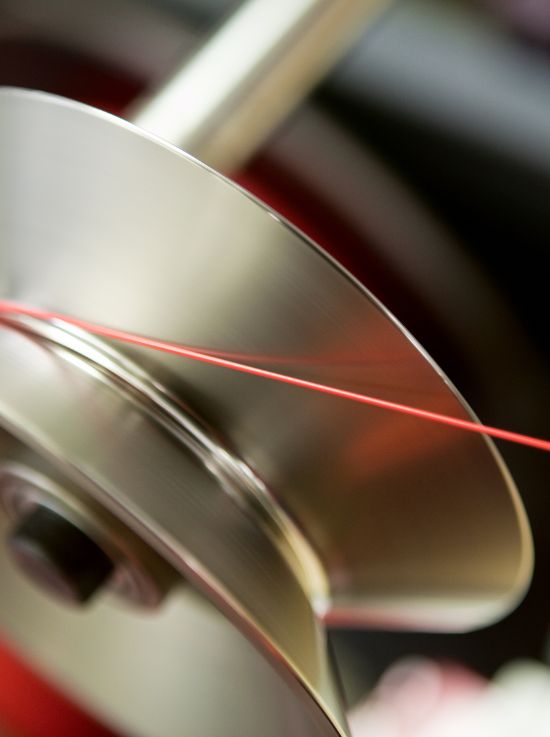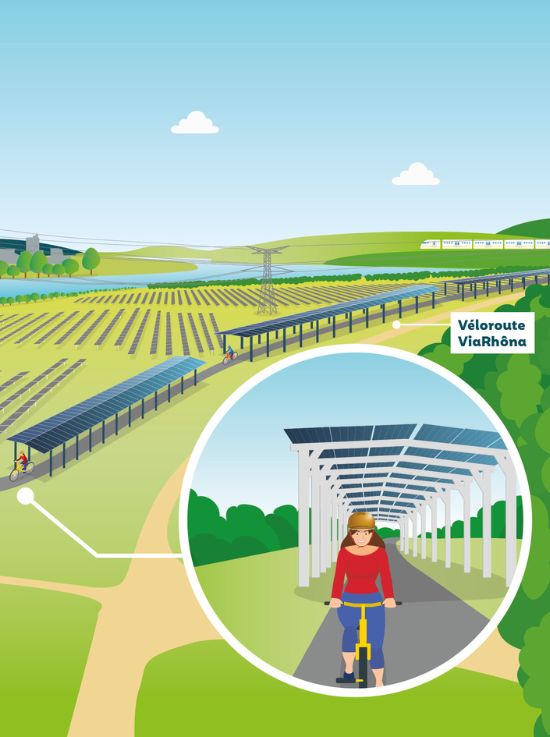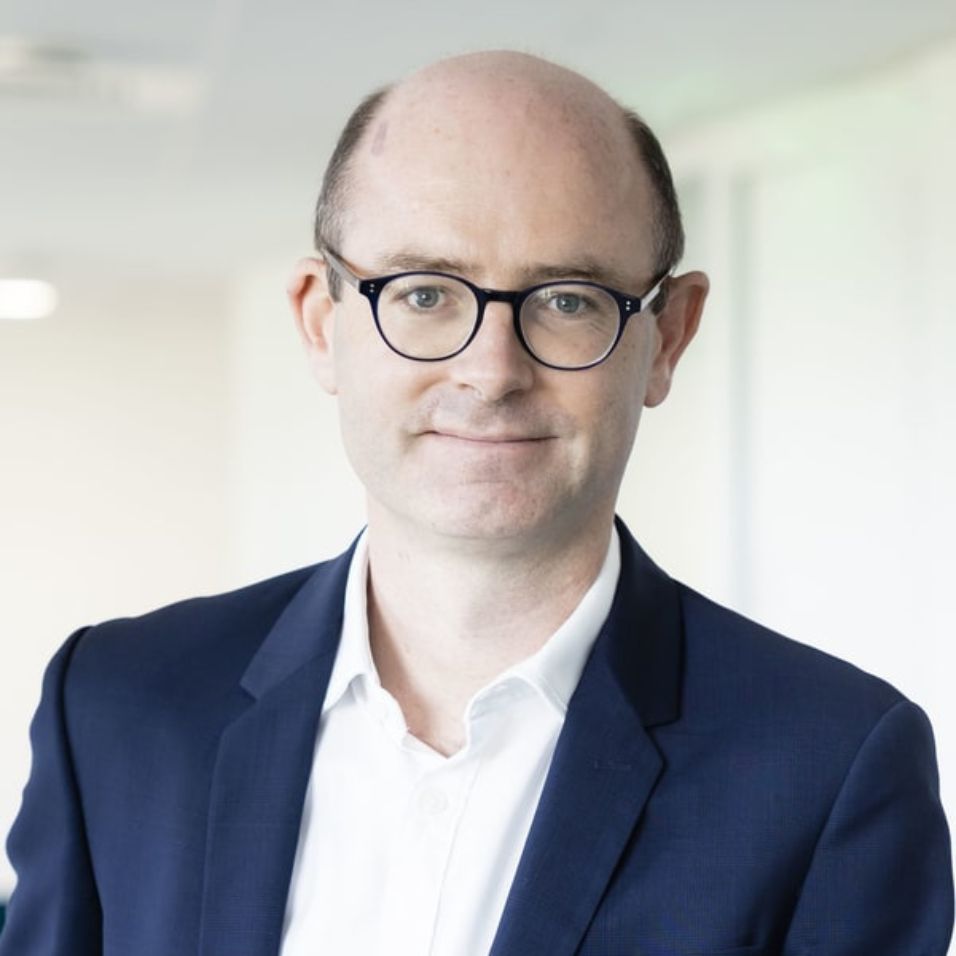Disruptive technology developed for long-distance power transmission
In line with two of the photovoltaic industry’s goals, the OPHELIA project aims to exploit linear land running alongside existing infrastructure and reduce long cable-related electrical losses by developing technological building blocks that make it possible to replace alternating current with medium-voltage direct current (MVDC).
OPHELIA is an innovative R&D project comprising electrical architecture design, prototype production, and on-site testing, and involving five partners—CNR (the project coordinator), Nexans, Schneider Electric, SNCF, and SuperGrid Institute.
Demonstrator characteristics
The demonstrator will consist of a series of three solar canopies, installed over around 900 meters of the ViaRhôna cycling route—which follows the Rhône River—in Caderousse in the Vaucluse department. Expected to have an installed capacity of around 900 kWp (generating enough electricity to meet the annual needs of approximately 700 people), the demonstrator will comprise 30 solar canopy structures. The panels will be angled toward the east and the west, forming a roof.
The partners involved in the project will be given the opportunity to design and conduct on-site testing of an electrical architecture and all the equipment required to transmit MVDC electricity from the point of production to the point of delivery.
The construction and testing phases are scheduled to take place between 2025 and 2028, following three years of engineering design studies, R&D, and prototype development.
An innovation-focused project supported by the French State and executed by ADEME
The OPHELIA project was selected as the winner of the “Technologies Avancées pour les Systèmes Énergétiques : DEMO TASE” call for proposals launched by ADEME in 2022.
Representing a total investment of over €20 million, the project is co-funded by the French State (contributing around 40% of funding) as part of the France 2030 investment plan, which is being executed by ADEME in a bid to enhance the country’s industrial competitiveness and future technology development.
This funding is key to supporting the partners involved in developing this large-scale R&D project. OPHELIA has also been awarded labels by the Tenerrdis and i-Trans industrial clusters.







